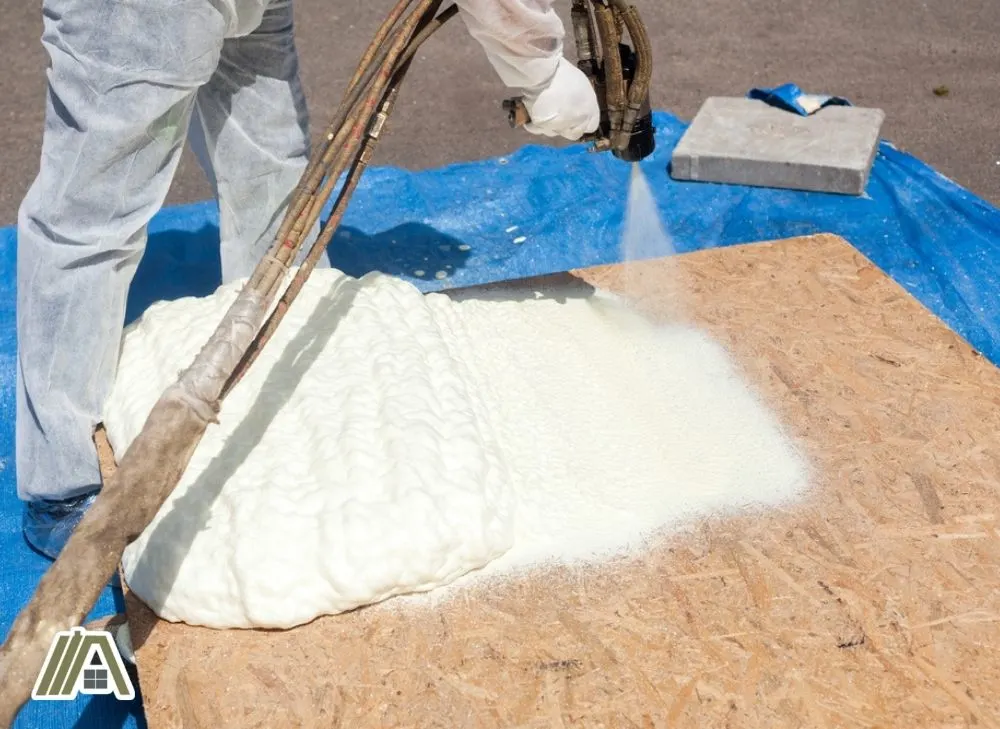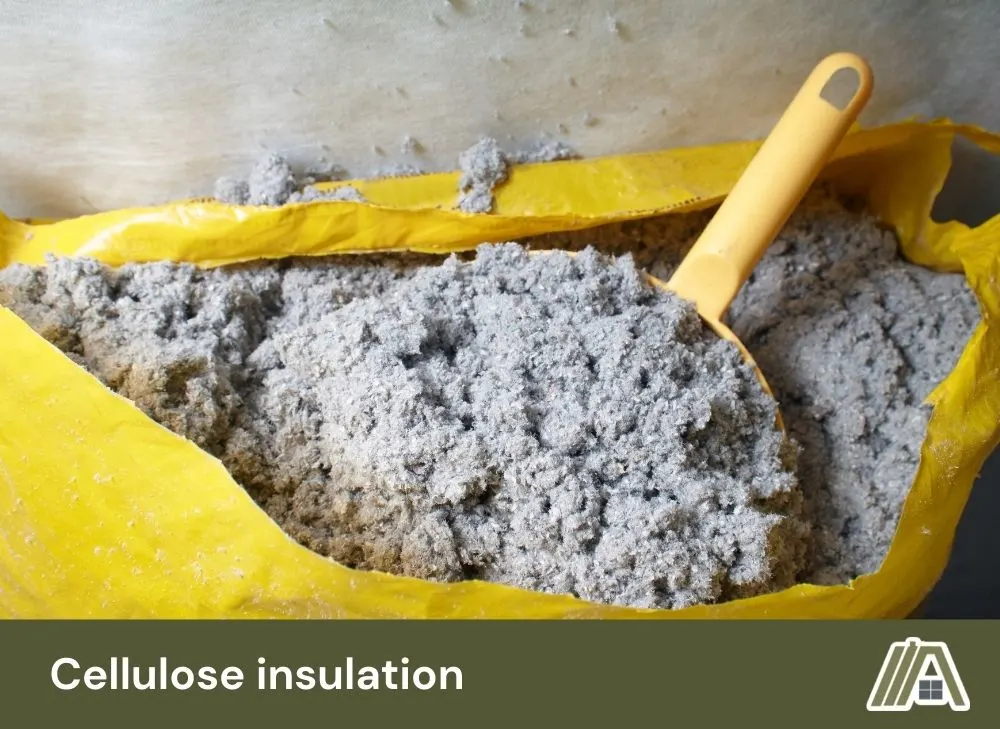When it comes to insulation, many people question what can and cannot touch the material. This is generally rooted in concern for the material igniting in the presence of heat.
I always say it is better to ask questions, especially when you think there is a potential danger. Let me reassure you that insulation is designed to handle the heat of your copper pipes. As long as you use appropriate materials and follow safe installation and maintenance practices, you should have no issues.

Insulation is safe to use with copper pipes. In fact, insulation is essential for preventing freezing, condensation, and heat/cold loss problems. Insulators have naturally or chemically-induced ignition points that are much higher than the temperature reached by water in copper pipes.
Insulation and Copper Pipes According to Code
The International Residential Code (IRC) regulates the safest practices and standards for construction, maintenance, fixtures, and appliances in residential homes. So, as you can imagine, if something wasn’t safe, the IRC would be talking about it.
The IRC does not mention or warn against allowing insulation to touch copper piping.
The Office of Energy Efficiency and Renewable Energy and the International Association of Certified Home Inspectors discuss installing as much insulation as possible between external walls and pipes.
This, along with a lack of stipulation or cautioning on “not letting insulation touch the pipes”, means that it isn’t an issue.
Copper Pipes Can Be Insulated
Supporting the lack of prohibition in the code and among expert knowledge, the copper pipes not only typically touch insulation, but are often specifically insulated themselves, with the same or similar materials as are used for insulating a house.
Insulating pipes helps protect them from freezing and prevents condensation, and it reduces heat loss, which keeps your utility bills lower. Copper pipes are no exception. It will also save you from needing to replace burst pipes or repair water damage.
Three types of insulation are frequently used for pipes: foam insulation, spray foam, or fiberglass.
Foam insulation used for pipes is in a cylindrical or foam noodle form that wraps around the pipe. This can be the regular kind or a self-sealing version.
Spray foam is great for getting into all the nooks of a space and is very effective, so your pipes will be well-protected and any heat within well-contained. This is why professionals like using it.
Fiberglass insulation has the advantage of being very fire-resistant. This makes it ideal for pipes that reach high temperatures.
Safety of Insulation Touching Copper Pipes
The Concern
The main concern about letting pipes or ducts touch insulation is because of heat. Some may worry that they are creating a fire hazard by allowing this contact.
However, insulation is safe to use around the heat from copper pipes and various other places around your home because it is meant to resist heat and flames. For example, it is used around dryer duct, which can get up to temperatures of 110-130 °F.
Why This Is Not Typically an Issue
I mentioned earlier that fiberglass insulation is very fire-resistant, meaning it is one of the materials that perform best with higher temperature ranges.
However, that doesn’t mean that the other insulating materials don’t possess this property. On the contrary, all materials used as insulation are either inherently heat- and fire-resistant or are chemically treated to be so.
Insulators have very high ignition temperatures—significantly higher than any pipe can likely reach. So, with these high ignition thresholds, the insulation would have to be exposed to extreme heat before it will even begin to burn. As an example, spray foam only ignites over temperatures of 700 °F.

Section N1103.4 of the IRC requires pipes to be insulated if they transport fluids, including water, above 105 °F or below 55 °F, which further emphasizes that the interaction of the insulation and copper pipes is safe.
Copper Pipes Don’t Get Hot Enough
A water heater that supplies hot water to the pipes is typically set to heat water to a temperature between 120-140 °F.
The heat transferred to the copper piping is much the same as the water’s temperature, or probably slightly less, if anything.
So, it is clear that the heat of the metal piping does not present any danger to the ignition-point limit of insulators, especially if you are using an IRC-listed (approved) insulator for piping. Not even to those that are considered “less fire-resistant” like cellulose and some natural fiber materials.

It is not practical (and likely isn’t even possible) to have your water heater set so high, so your biggest risk with insulation and copper pipes would be if the material gets wet when a pipe breaks, as this can cause mold growth.
A Caution
Now, if we are talking about insulation getting wet, there is something you need to consider.
Water can cause the flame-retardant chemicals to leach out of the insulation material, a very real scenario since copper pipes transport water.
This means that a treated material is no longer performing to the original standards of fire-resistance and might be more vulnerable to heat.
While hot water pipes are still a relatively low temperature on the scale of “hot”, if your material is particularly flammable, like cellulose, paper, or organic (like cotton), then you should be aware that the risk might have increased even if the insulation dries out.
So, it might be prudent to avoid those insulation materials around your water pipes.
Sources
https://homeguides.sfgate.com/install-copper-pipe-insulation-25414.html
https://www.angi.com/articles/what-materials-are-best-pipe-insulation.htm
https://www.rooterguard.com/2020/08/19/how-to-insulate-copper-pipes/
https://www.moeplumbing.com/blog/2020/march/what-temperature-should-i-set-my-water-heater-at/

